In 1976, Manhattan was still recovering from the brink of financial collapse, bearing the scars of the fiscal crisis. Edmund V. Gillon, with his camera as his guide, documented this pivotal year, capturing the city’s ongoing challenges and the subtle signs of revitalization that were taking root.
Gillon, a dedicated observer of New York City’s urban landscape, possessed a unique ability to capture the essence of the city through his photography. He focused not only on the iconic landmarks and grand architecture but also on the everyday details that gave each neighborhood its distinct character. In 1976, his lens captured a city in transition, a city still grappling with its past but also looking towards a brighter future.
The scars of the fiscal crisis were still visible in Manhattan in 1976. Budget cuts had led to reduced services, and many public spaces showed signs of neglect. Graffiti remained prevalent, and abandoned buildings served as a reminder of the city’s recent struggles. Yet, amidst the challenges, a sense of resilience persisted.
Read more
Gillon’s photographs documented the city’s efforts to rebuild and recover. Construction projects were underway, and new businesses were opening their doors. The city’s residents, though still bearing the weight of the economic downturn, demonstrated a determination to move forward.
Bicentennial Spiri
The Bicentennial celebrations in 1976 brought a much-needed boost of energy and optimism to Manhattan. The city hosted a series of events and festivities, culminating in Operation Sail, a spectacular parade of tall ships that sailed into New York Harbor. Gillon’s photographs captured the excitement and patriotic spirit of these celebrations, documenting the crowds that lined the waterfront and the majestic ships that filled the harbor.
Despite the ongoing challenges, 1976 also witnessed significant changes in Manhattan’s urban landscape. SoHo continued its transformation from an industrial district to an artistic haven, with new galleries and studios opening regularly. Gillon’s photographs documented this ongoing evolution, capturing the vibrant energy of the neighborhood’s art scene.
Other neighborhoods also experienced changes. The construction of new housing developments and the renovation of older buildings contributed to a gradual shift in the city’s demographics. Gillon’s photographs captured these subtle transformations, documenting the evolving character of the city’s neighborhoods.
Gillon’s photographs documented the city’s diverse neighborhoods, from the bustling streets of Midtown to the quiet residential areas. His images reveal a city in motion, a city constantly changing and adapting.


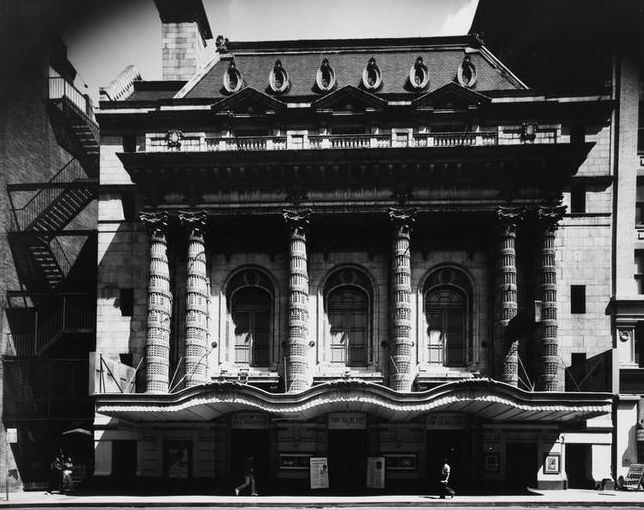




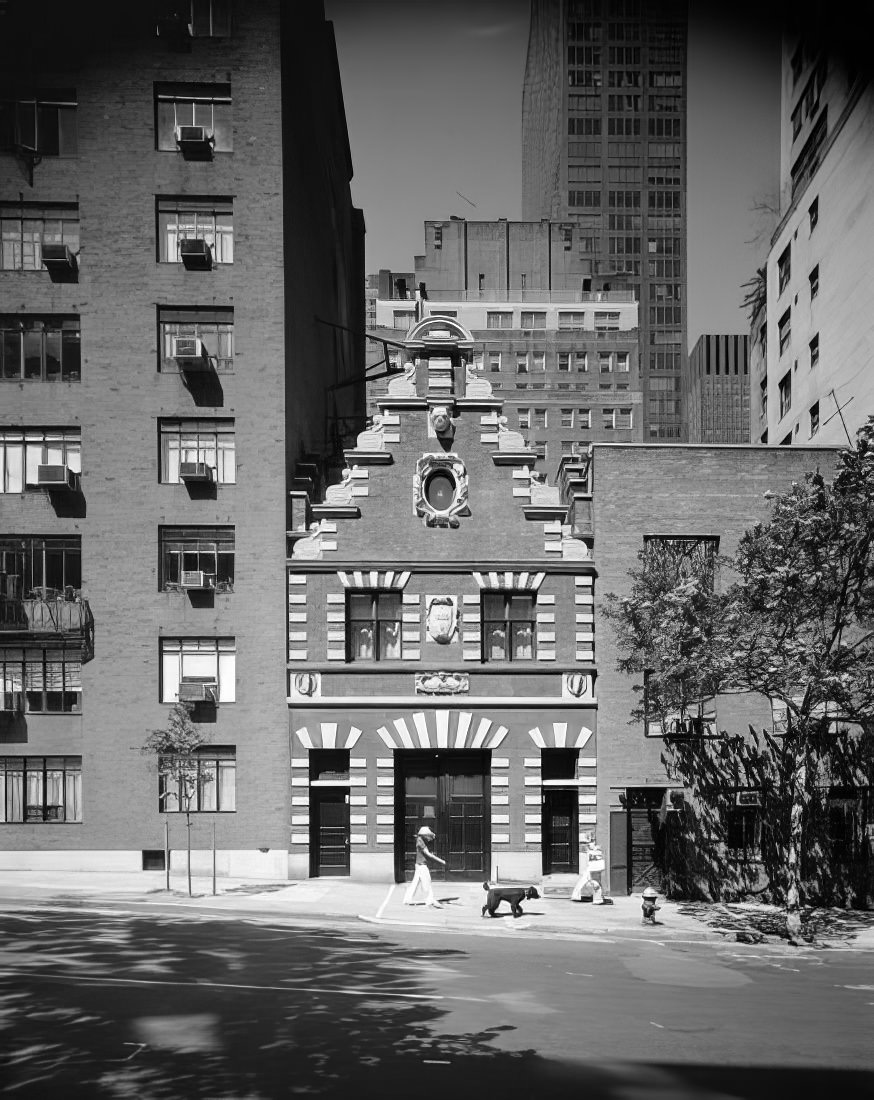

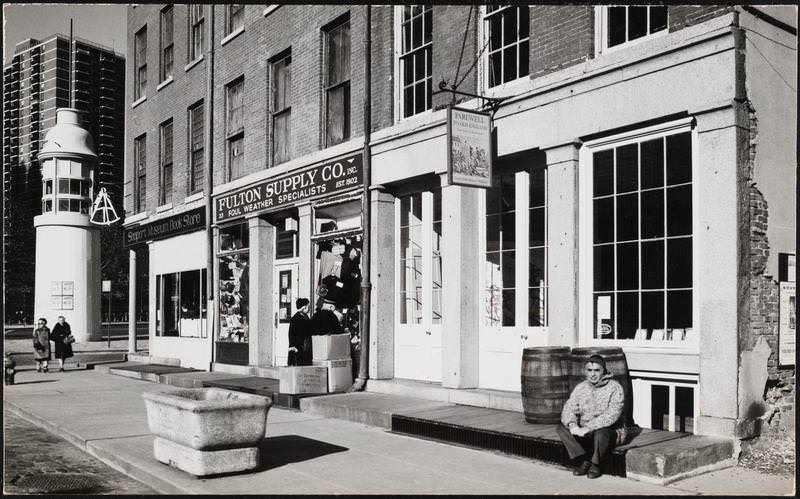
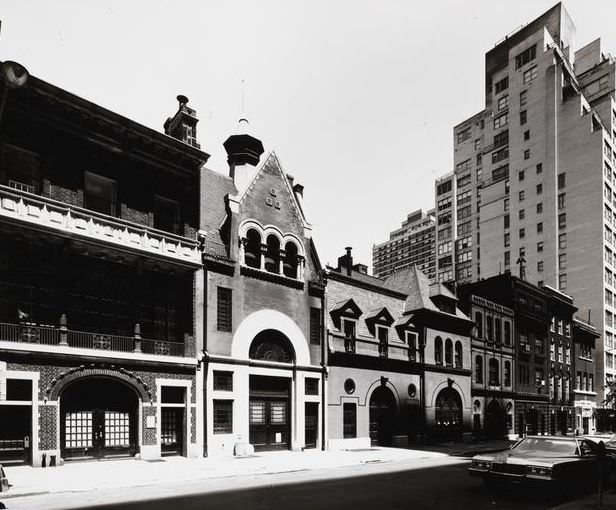

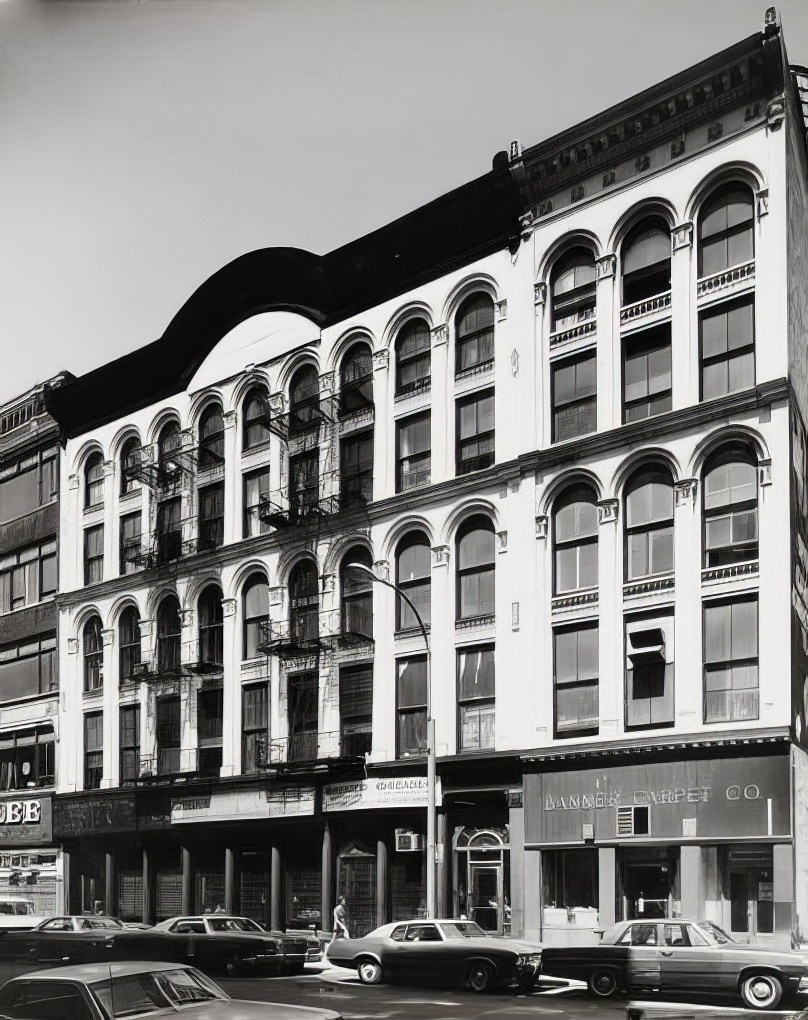
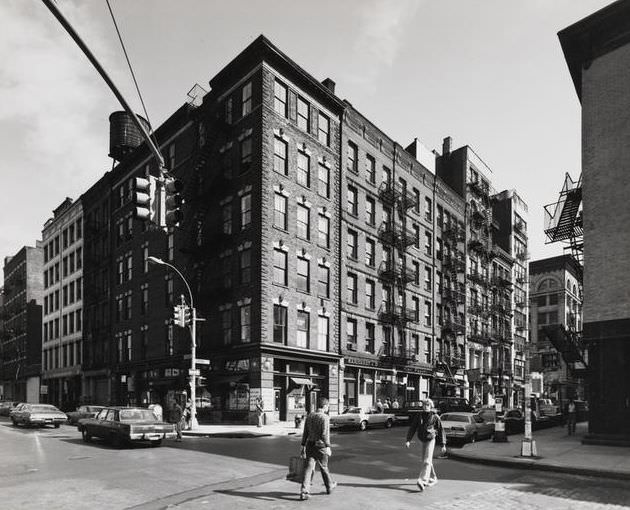
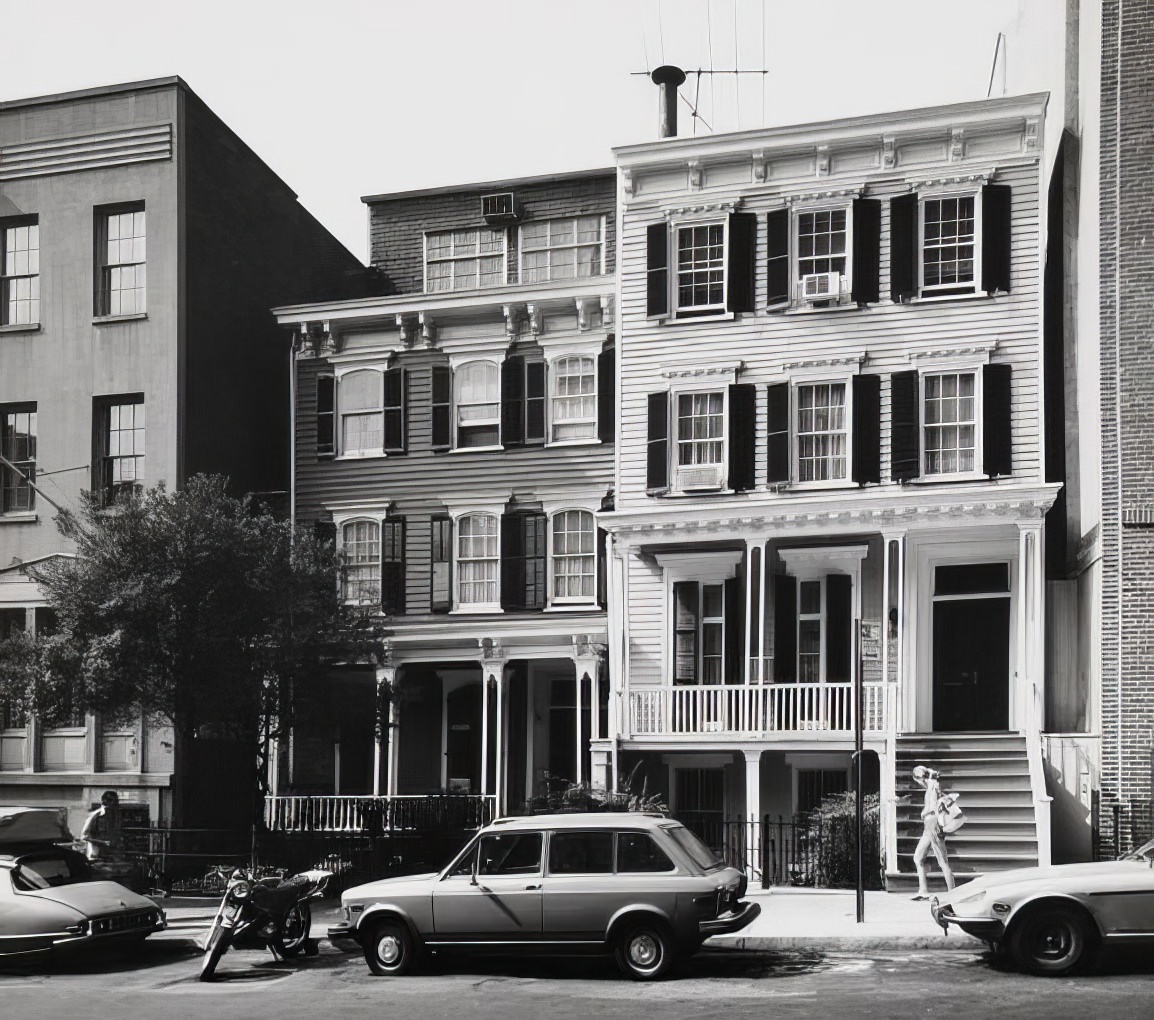
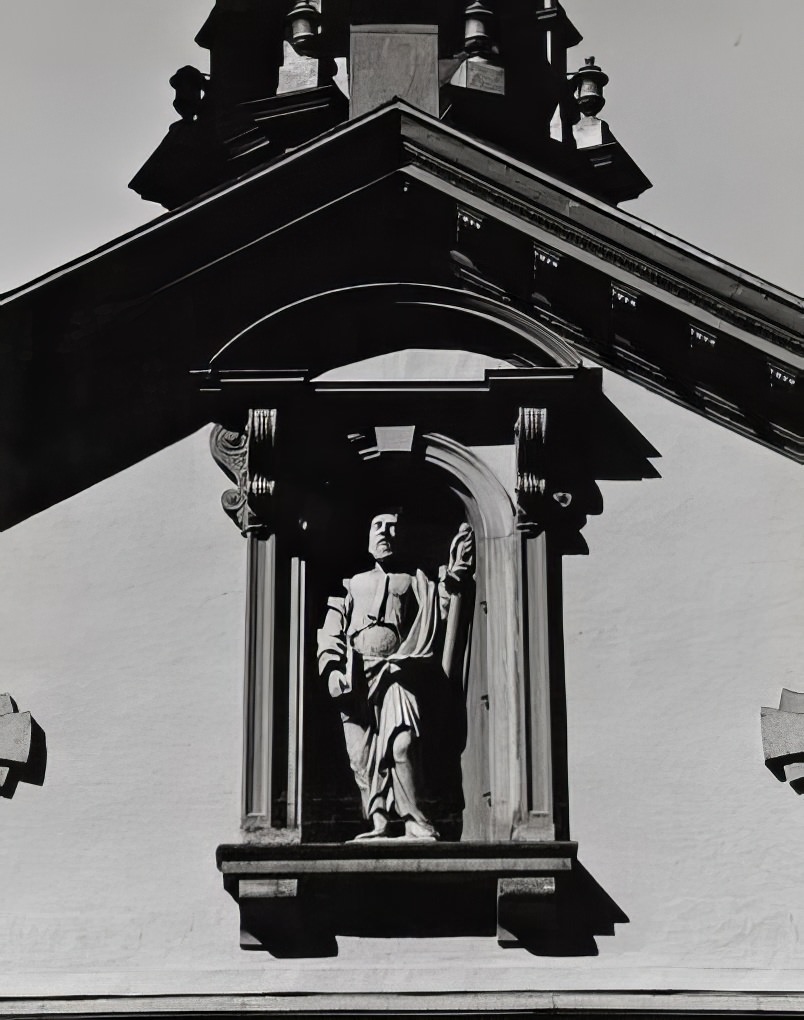


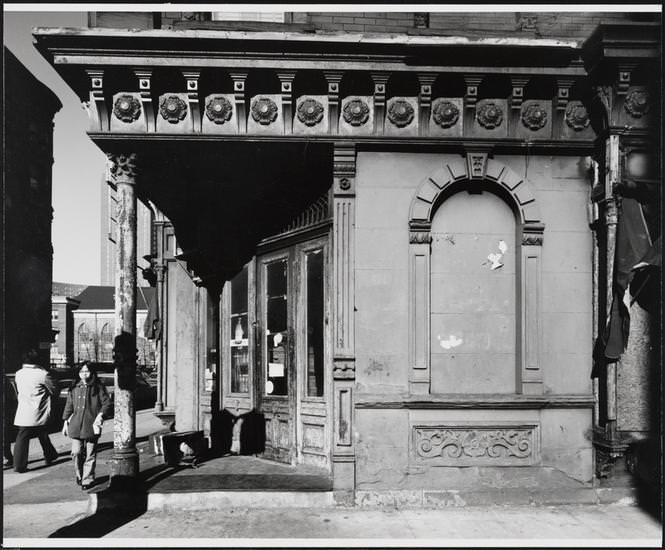
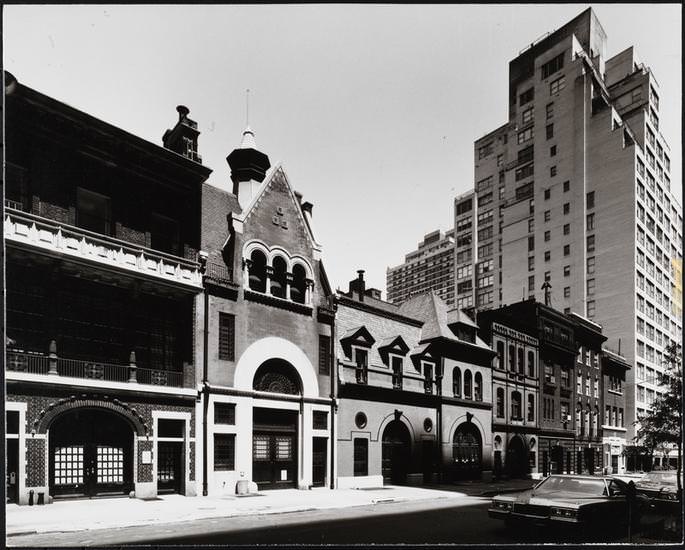
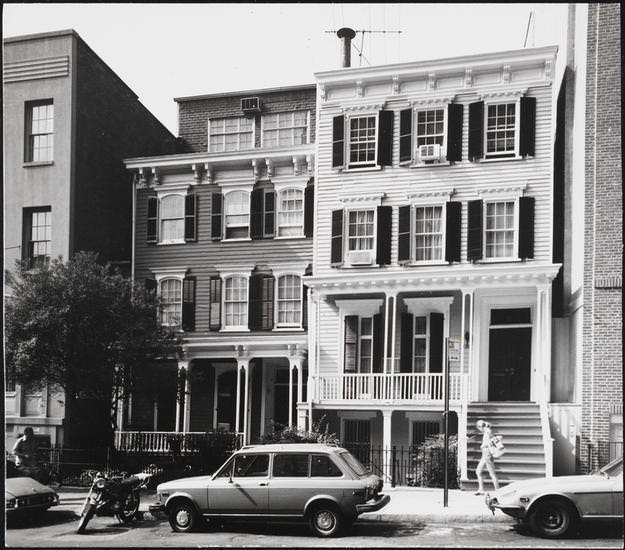
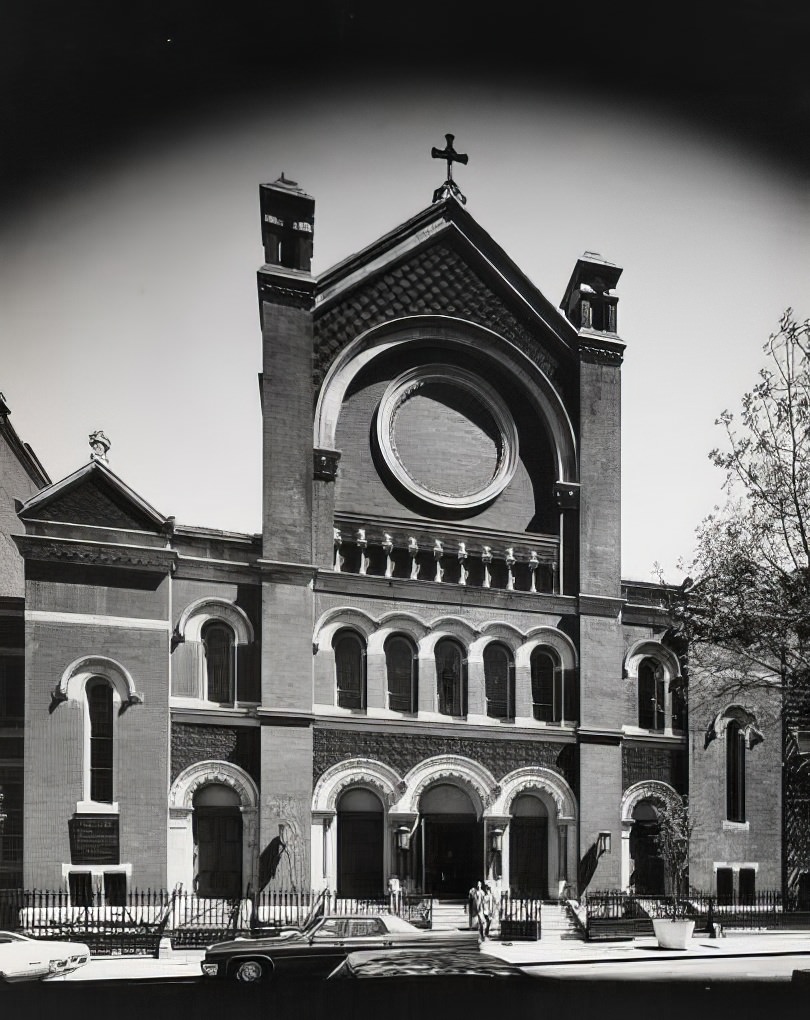
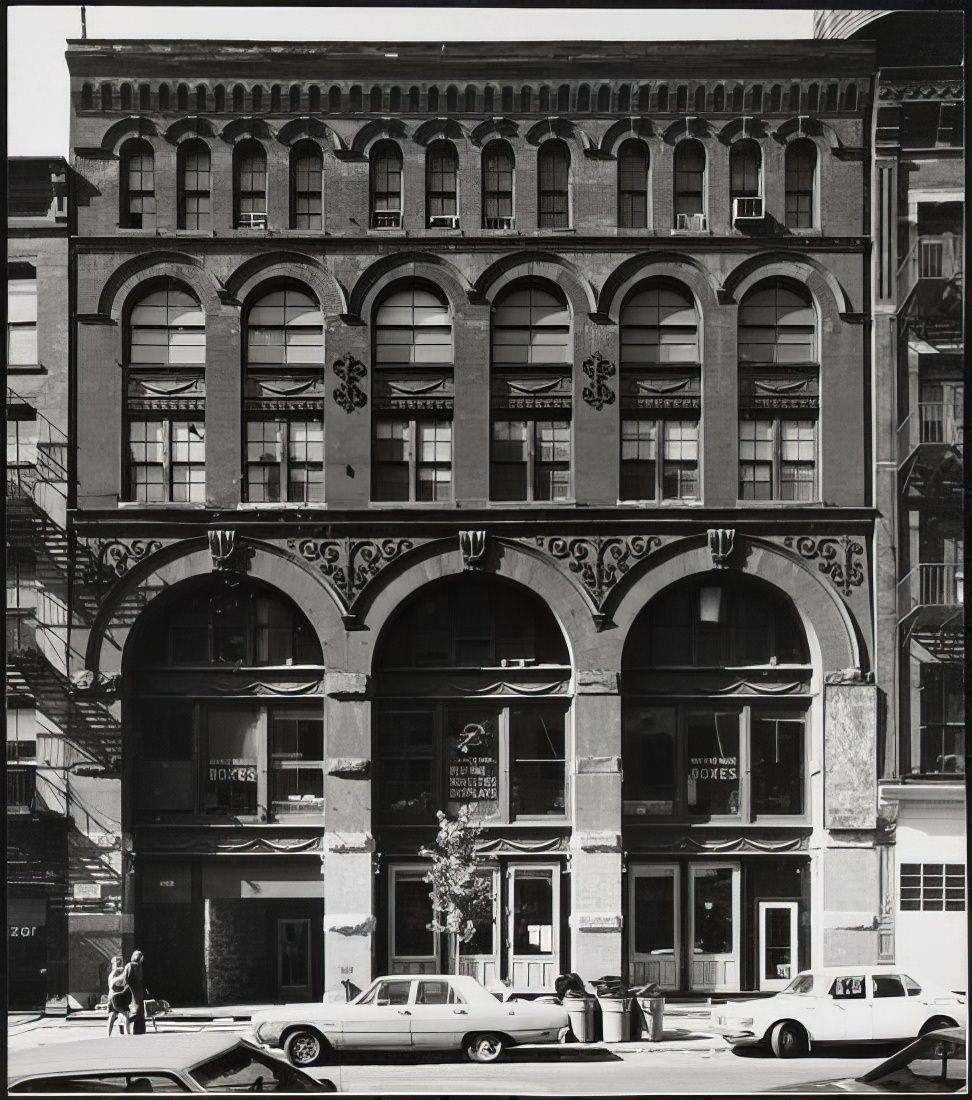

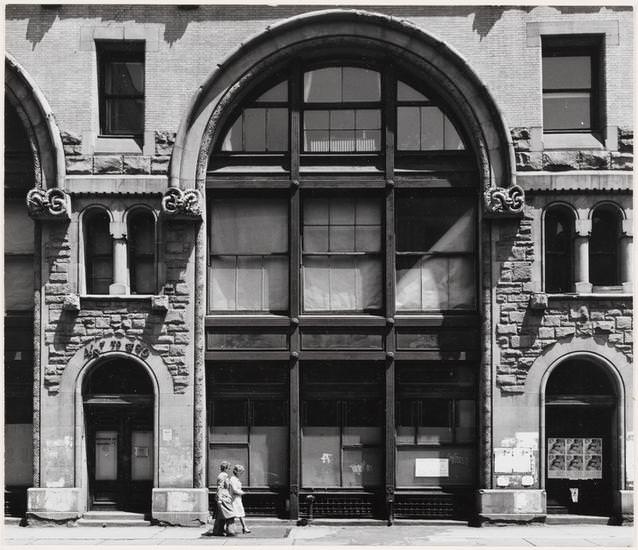
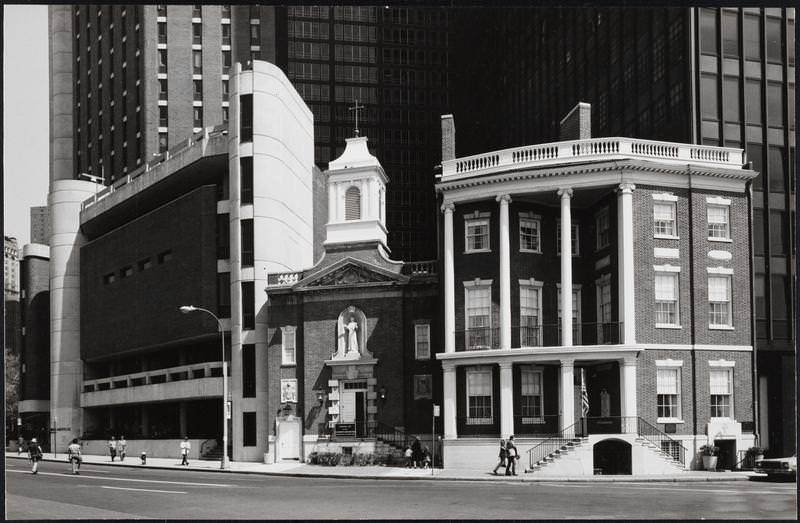

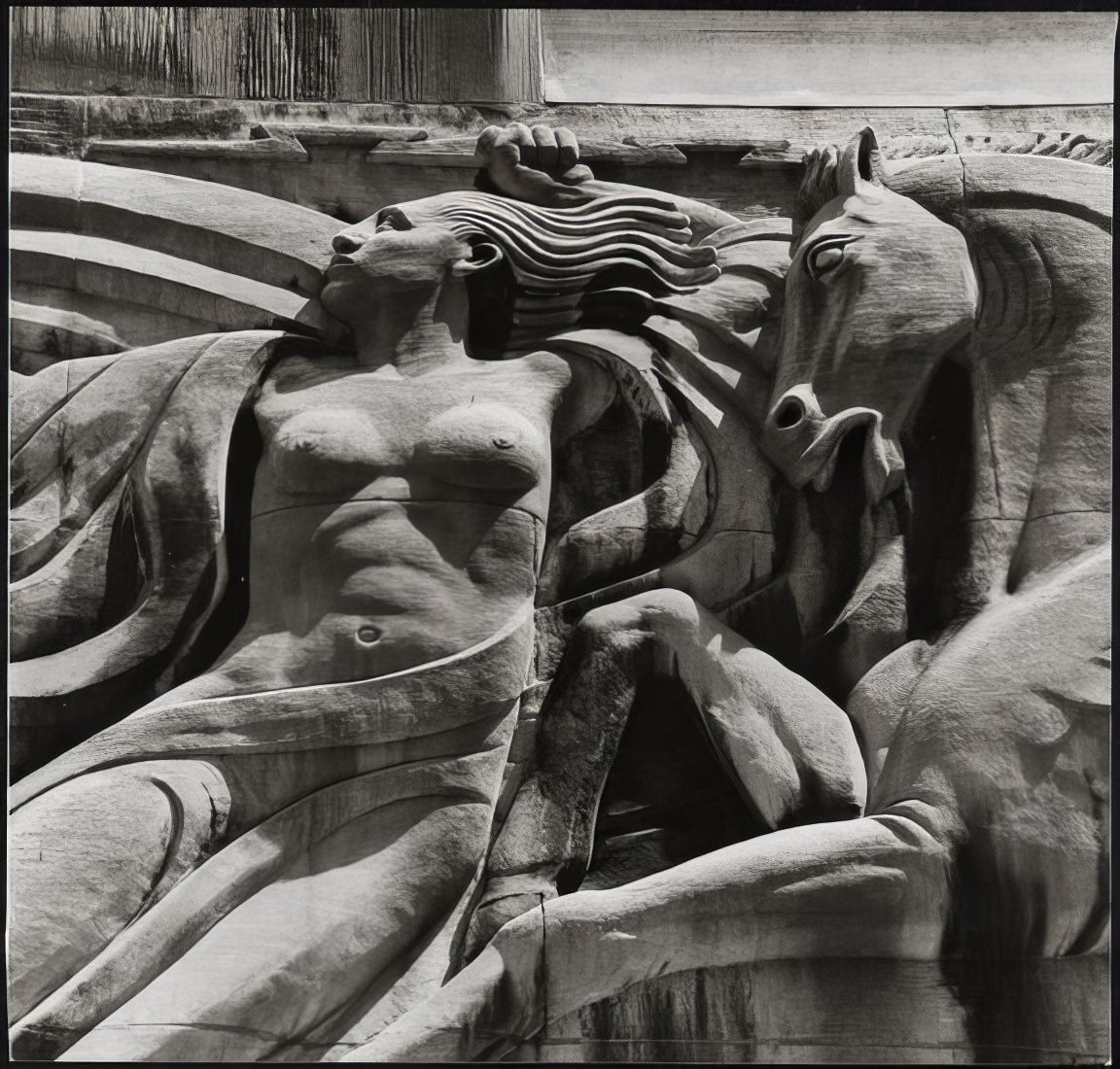
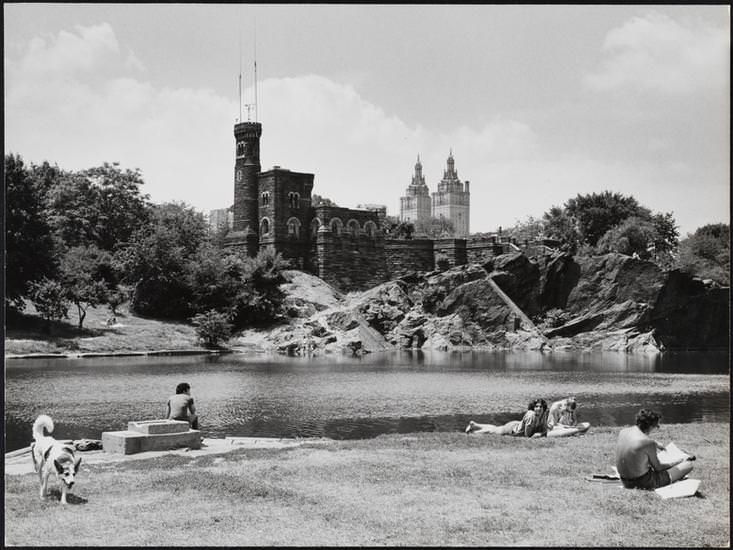
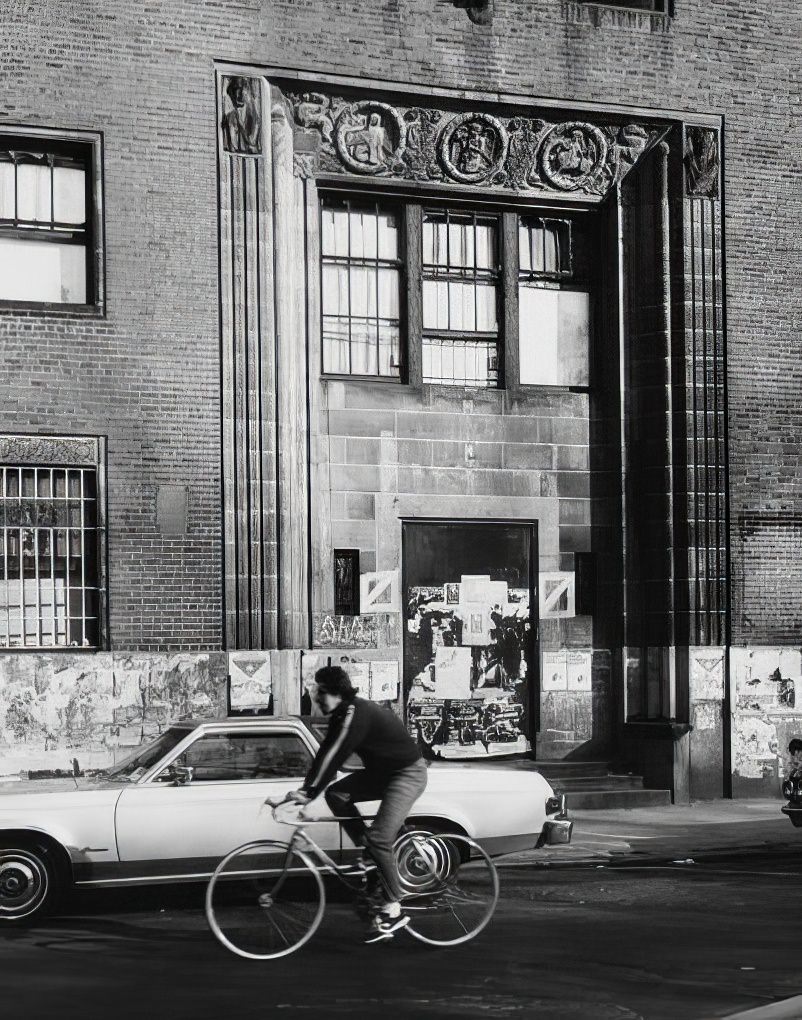
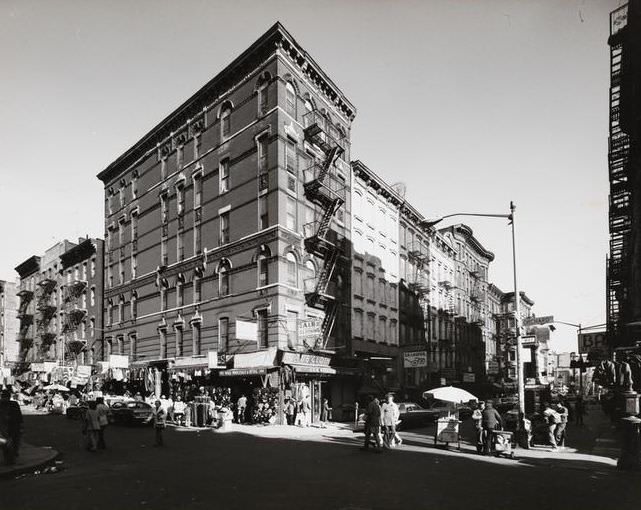
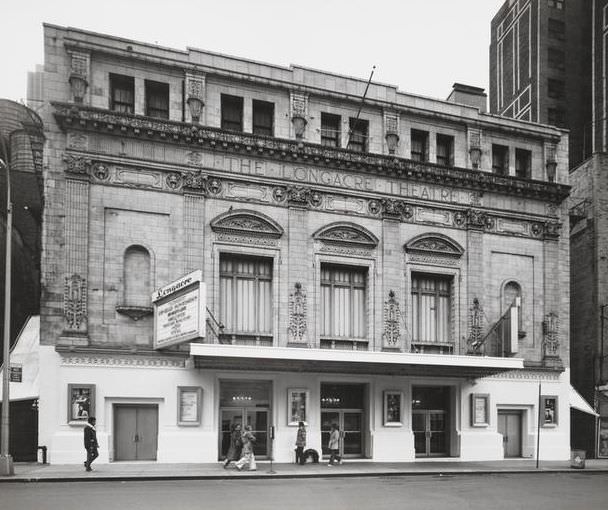
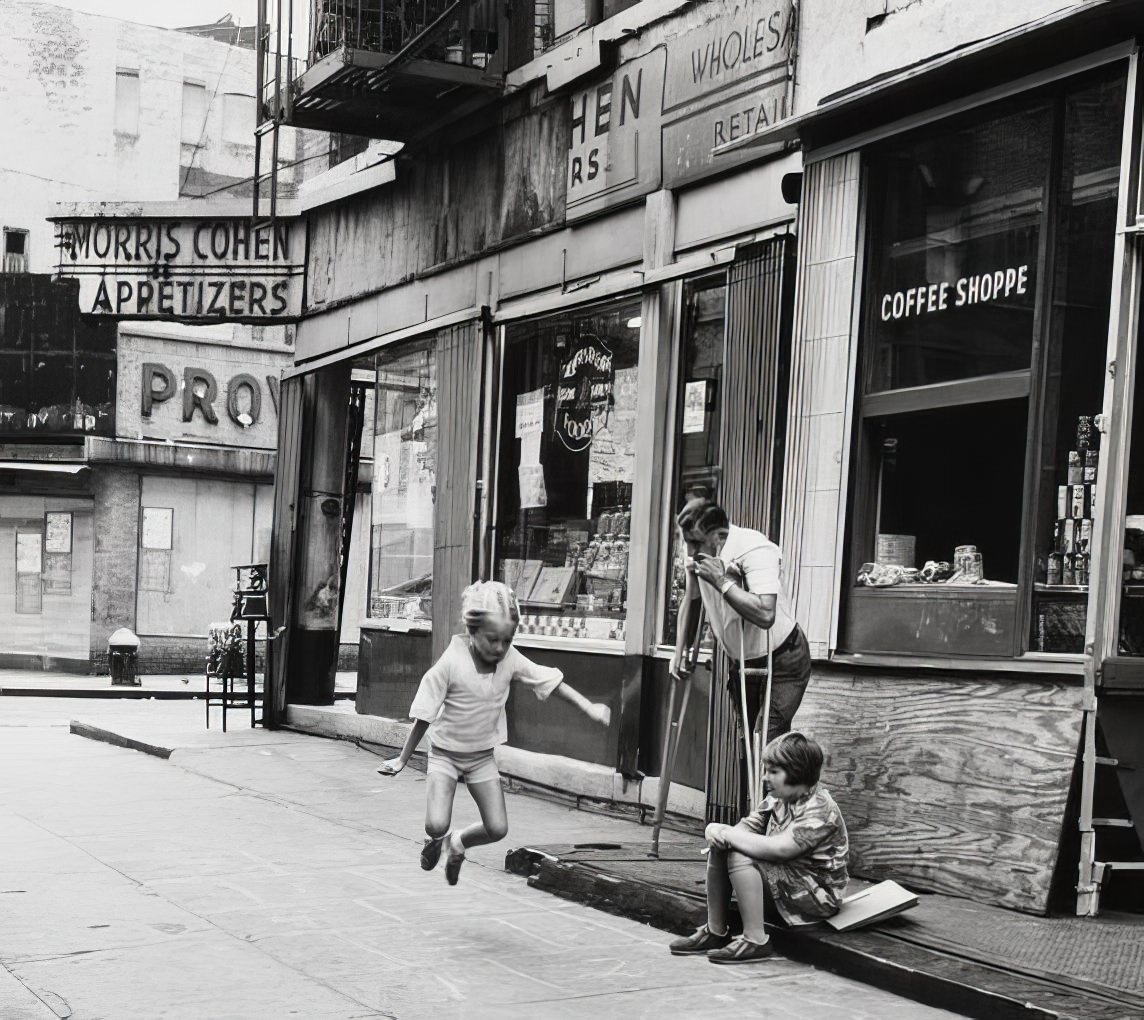



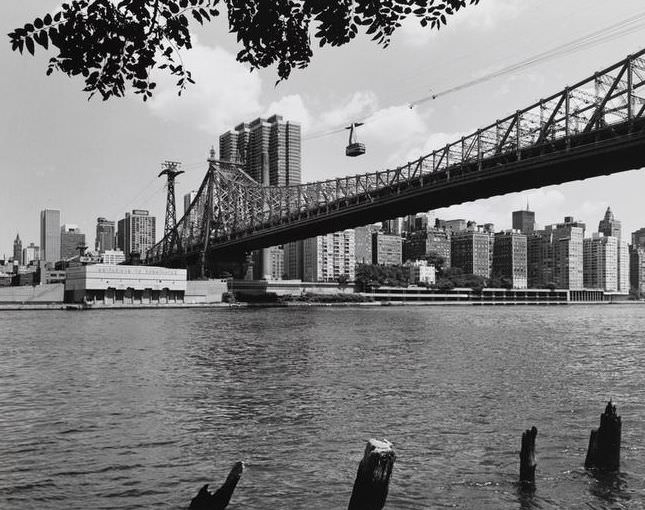
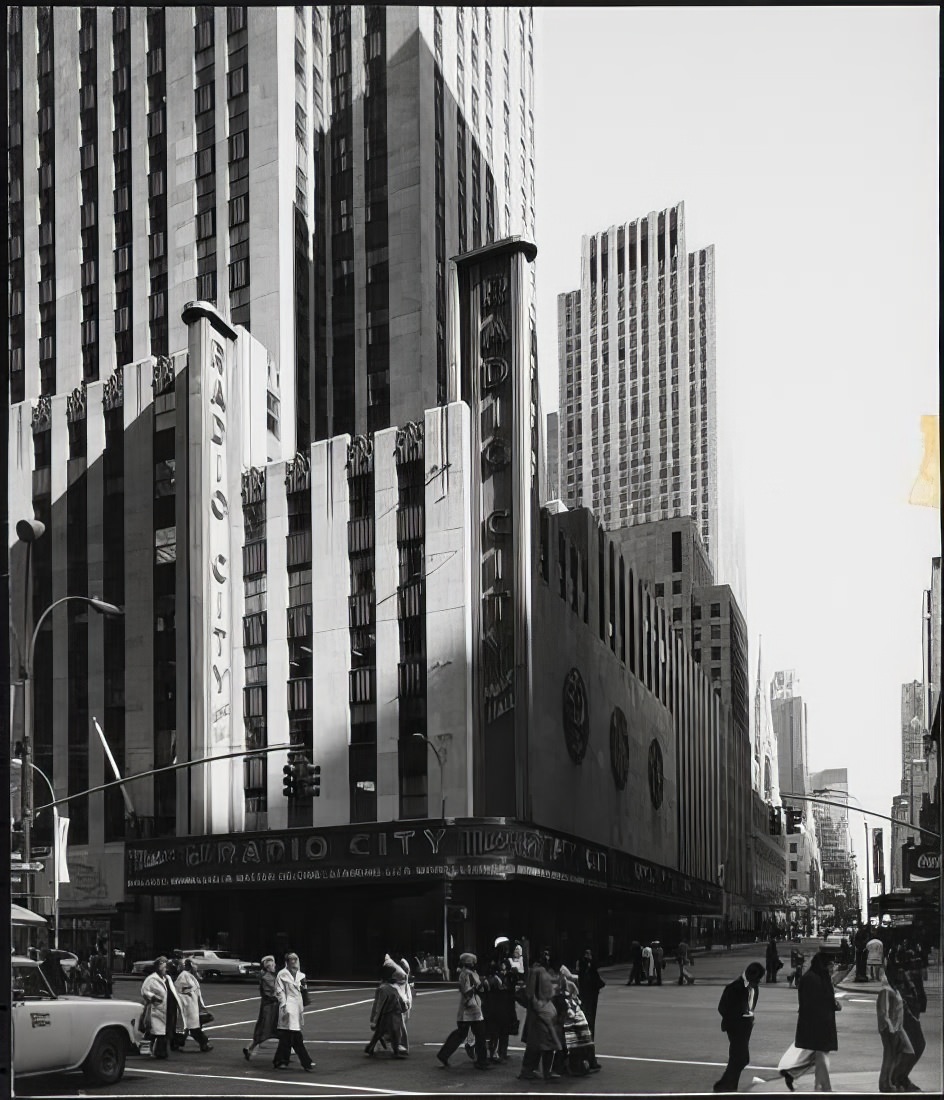
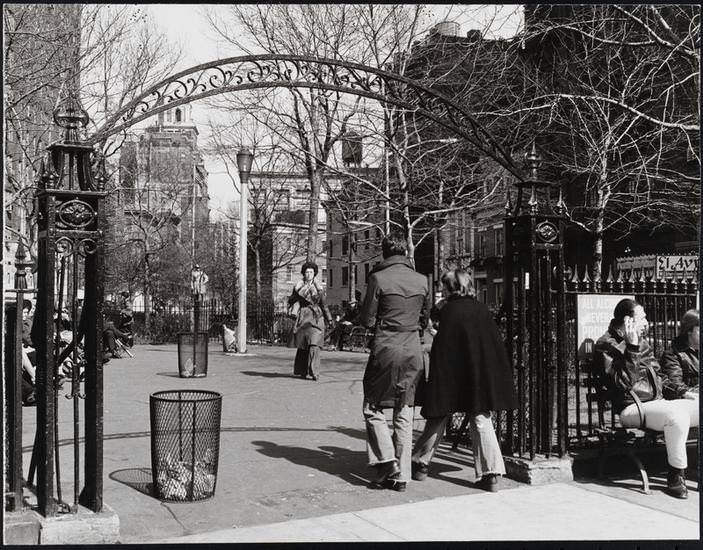
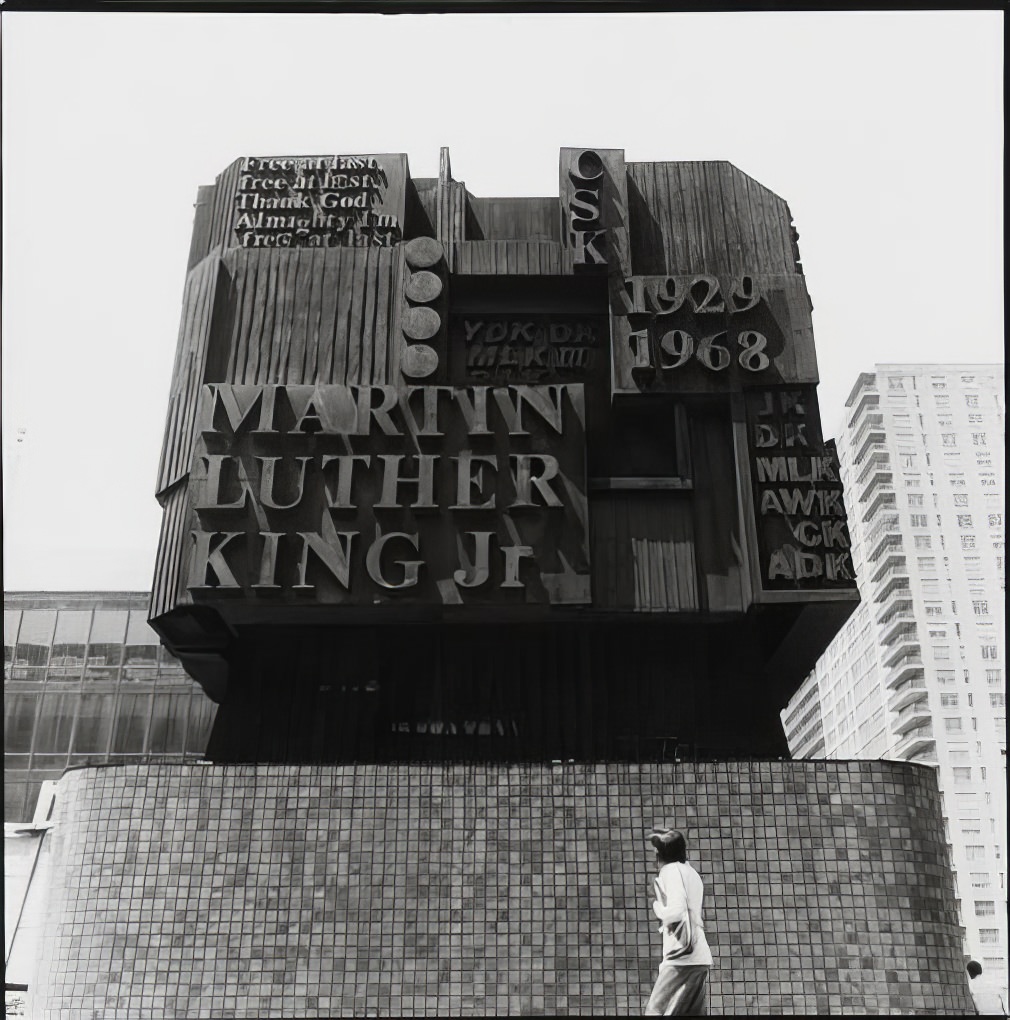
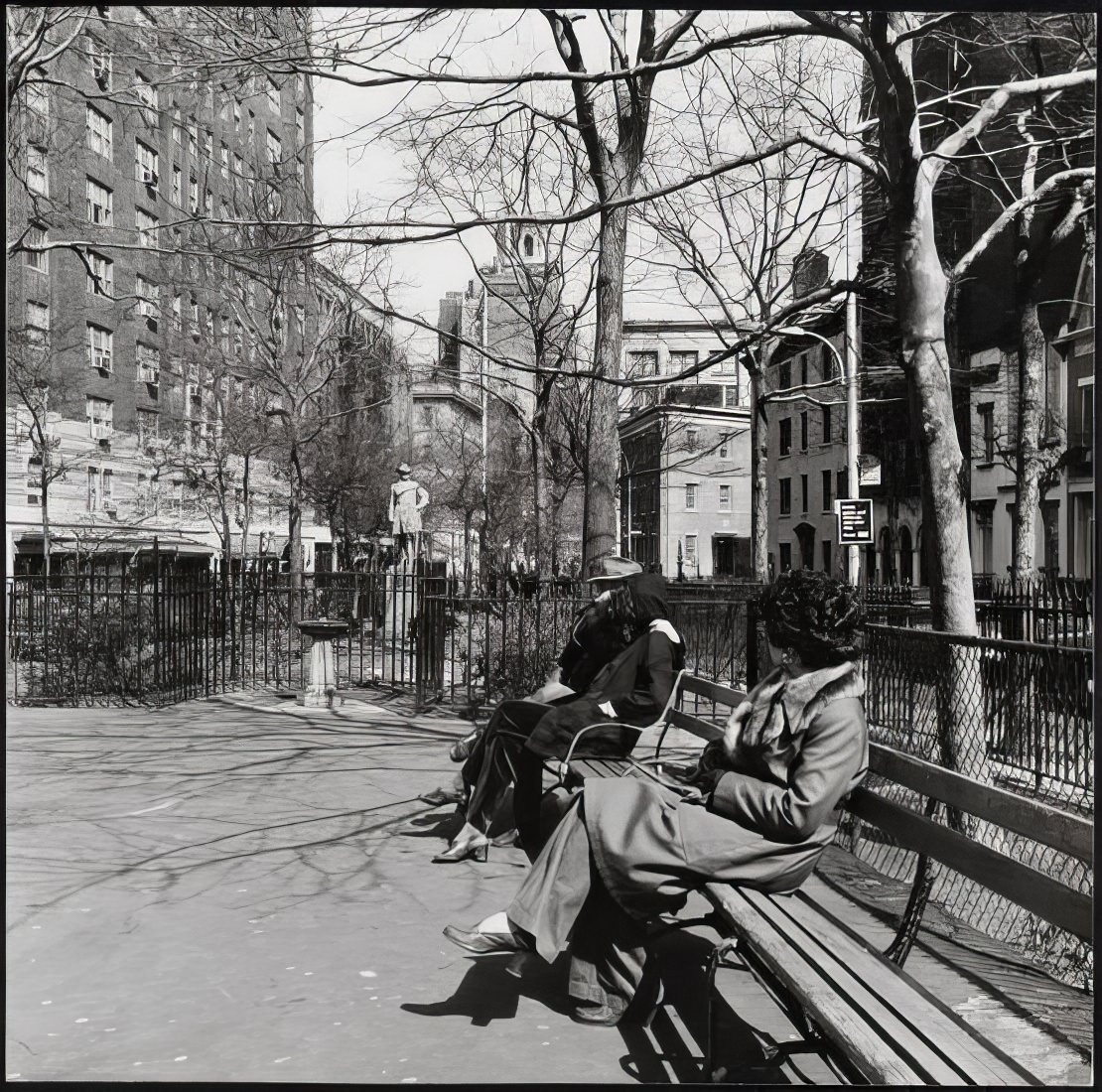
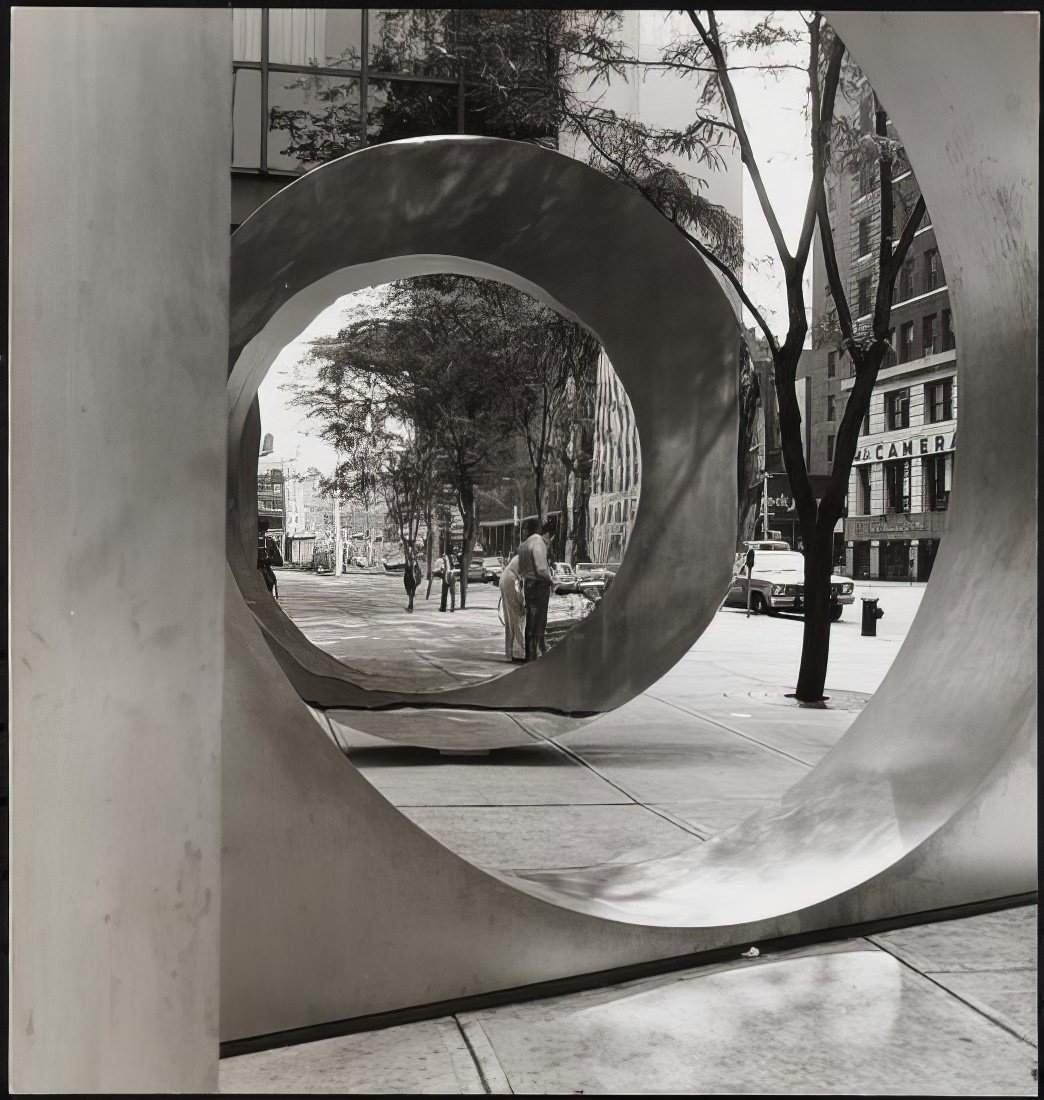
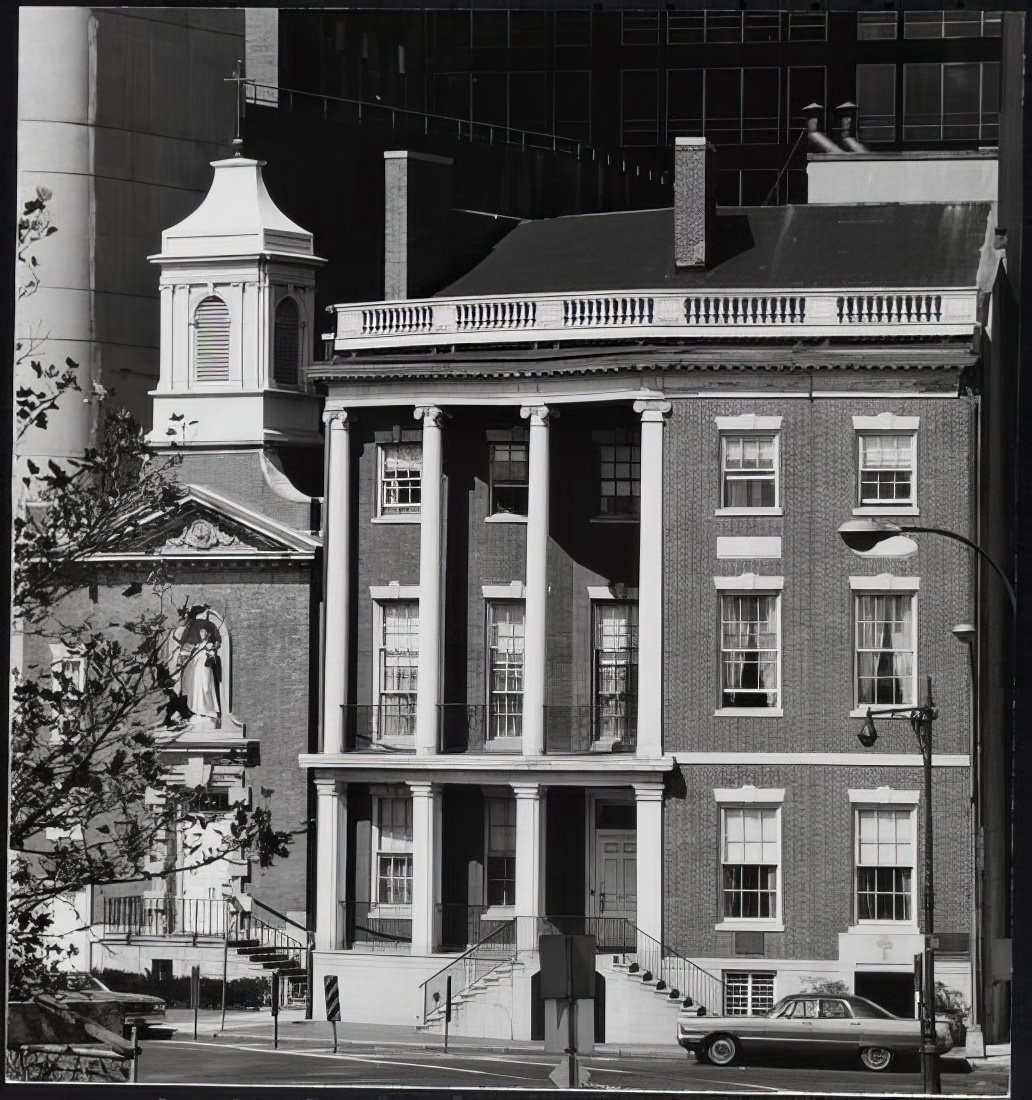
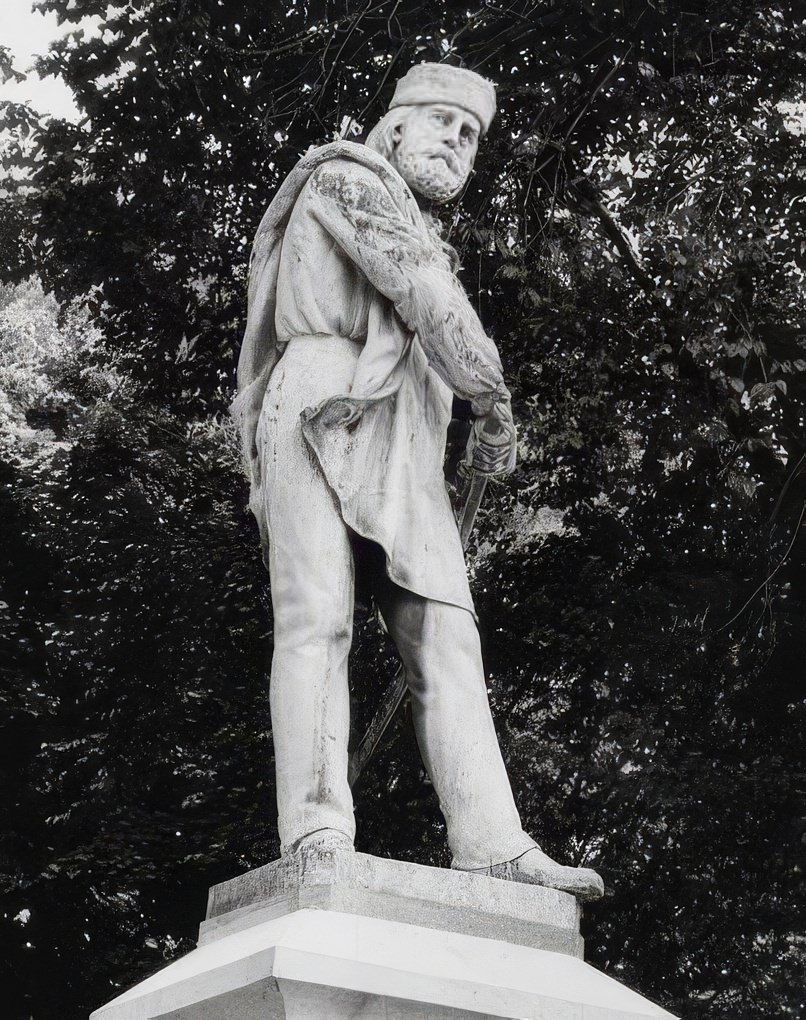
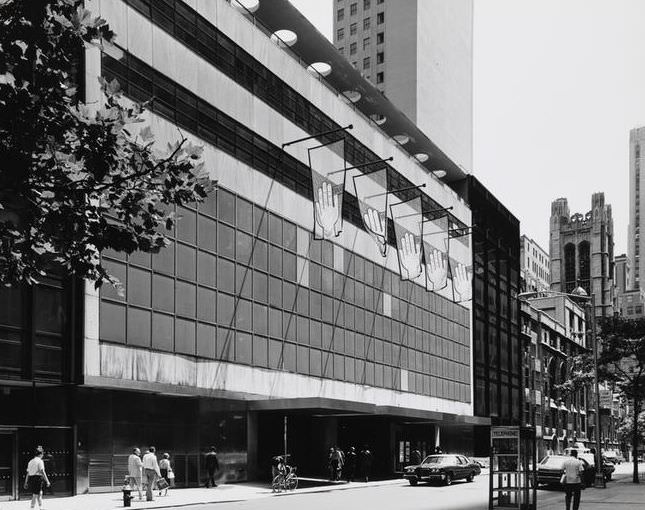

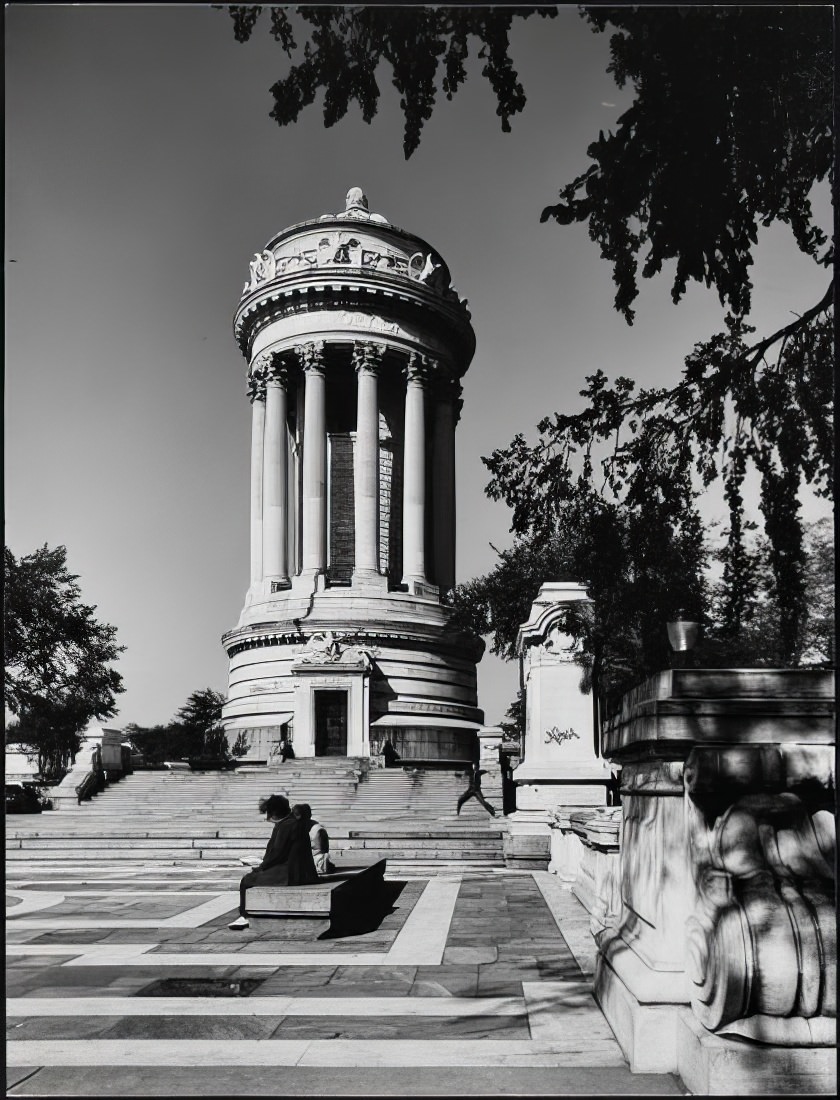



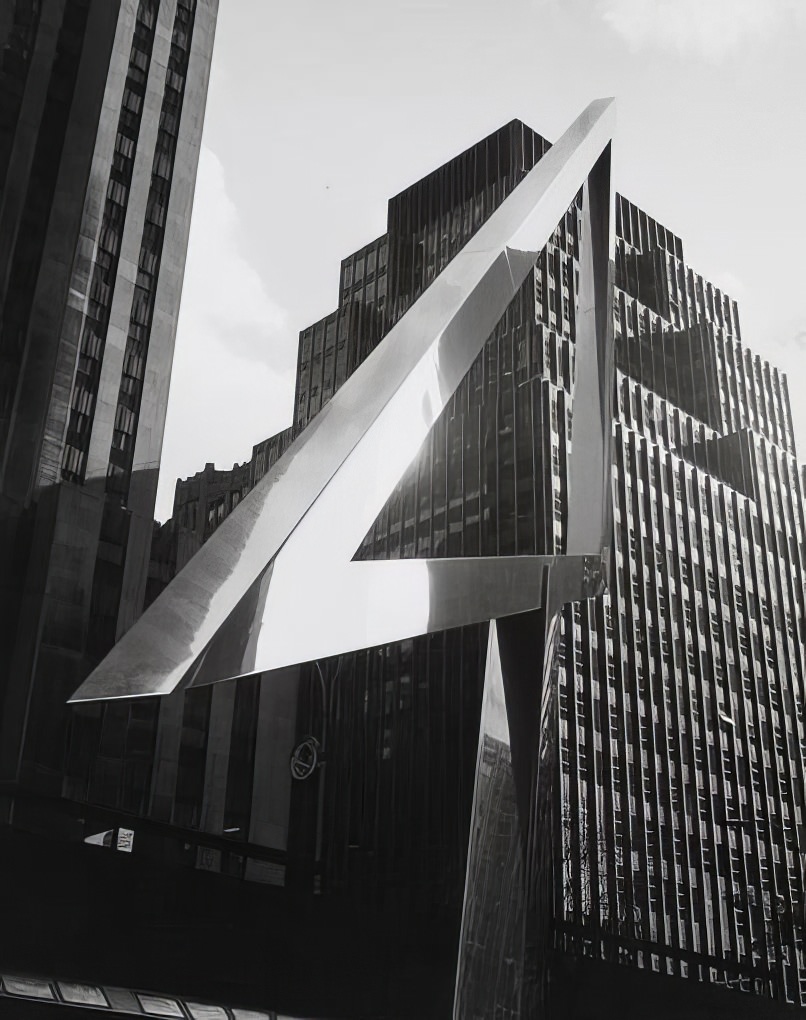

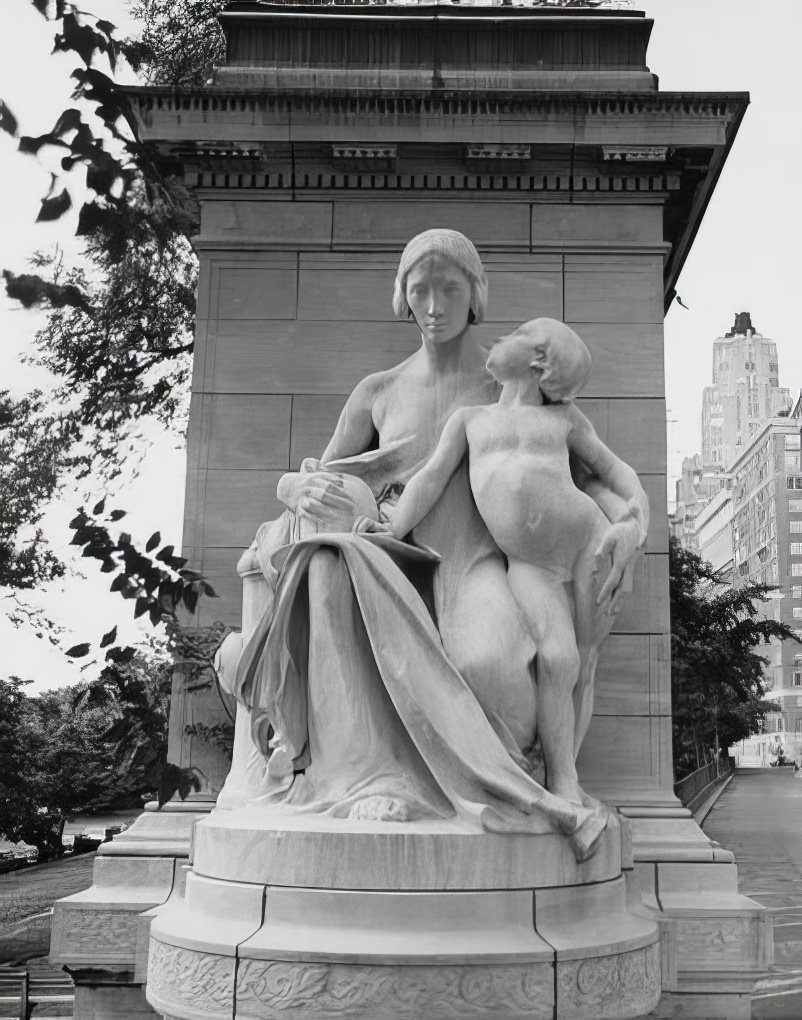

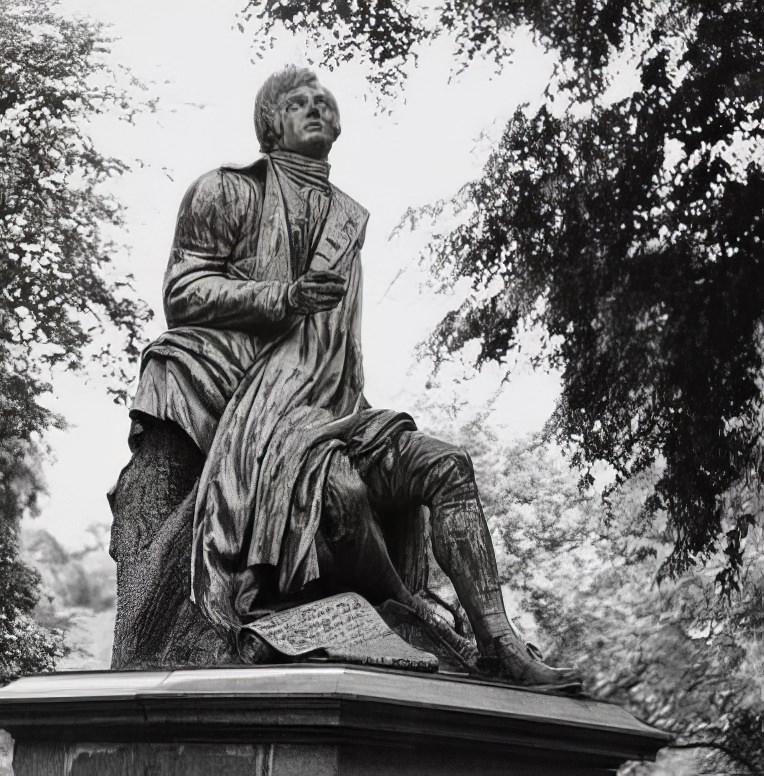
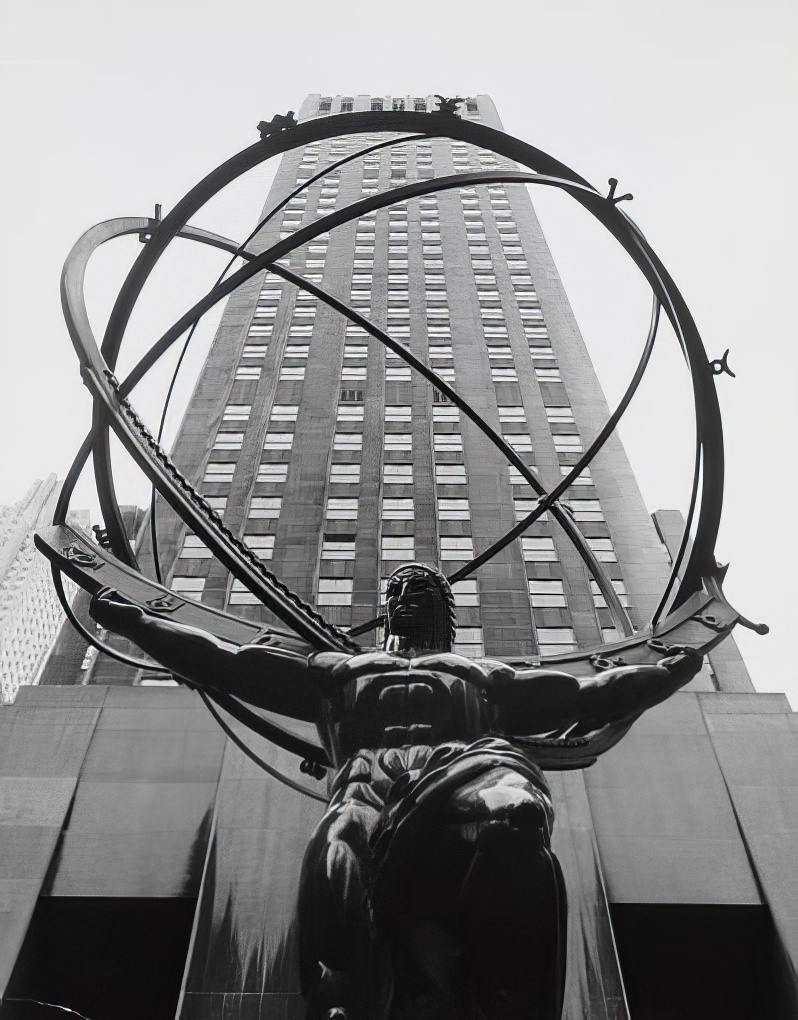

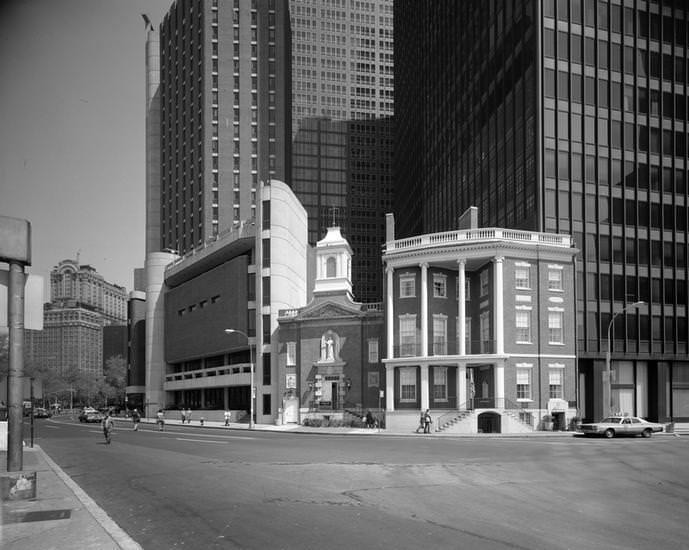

GIPHY App Key not set. Please check settings